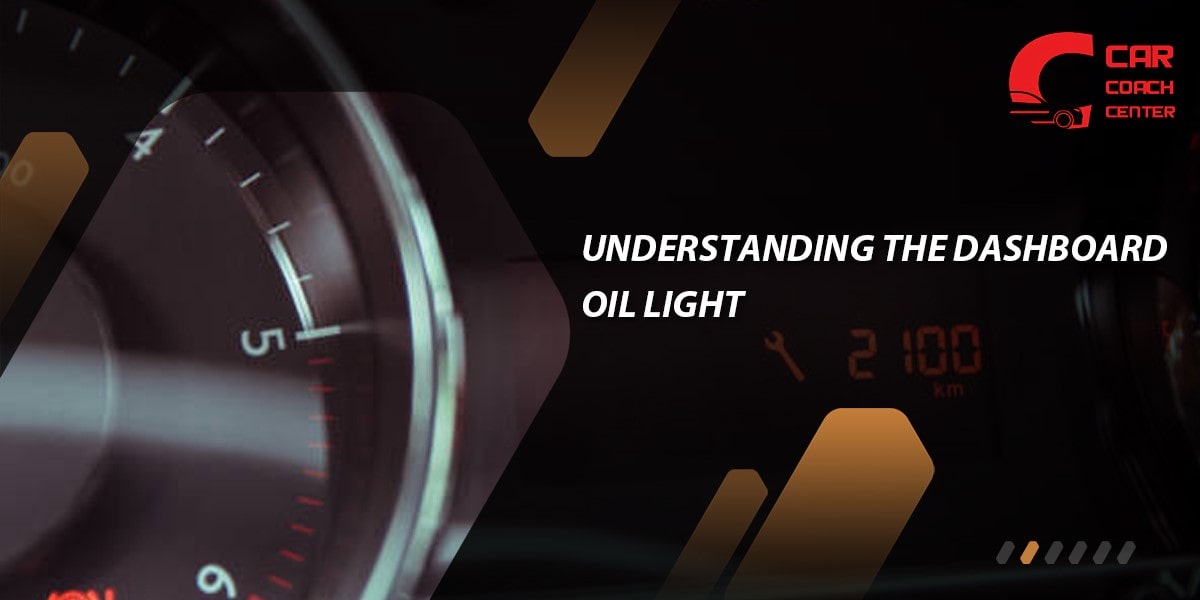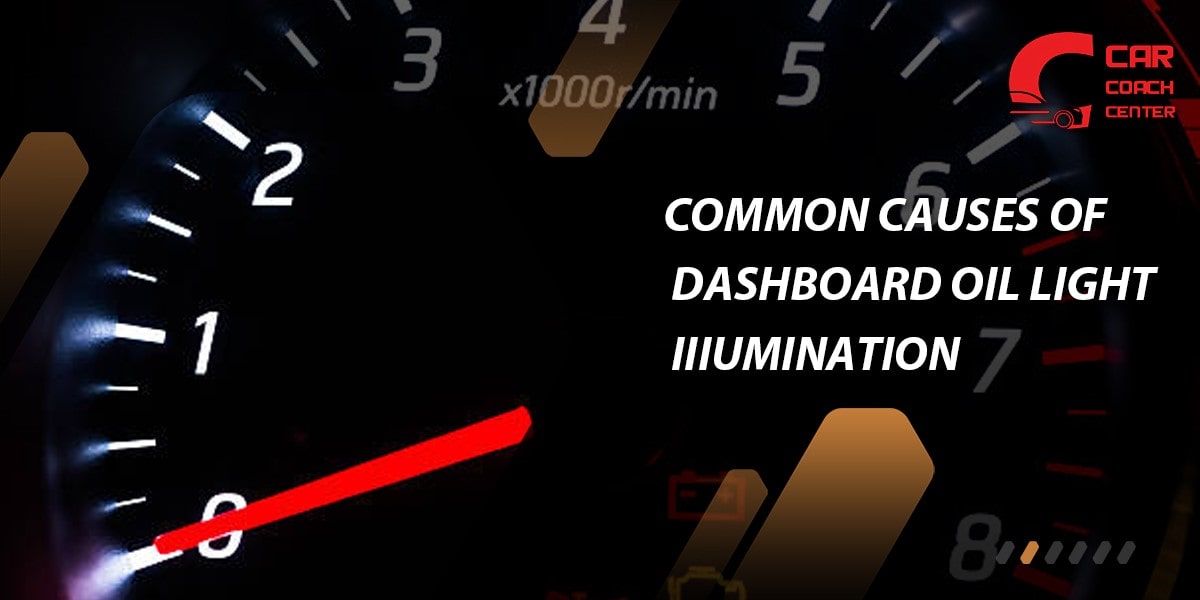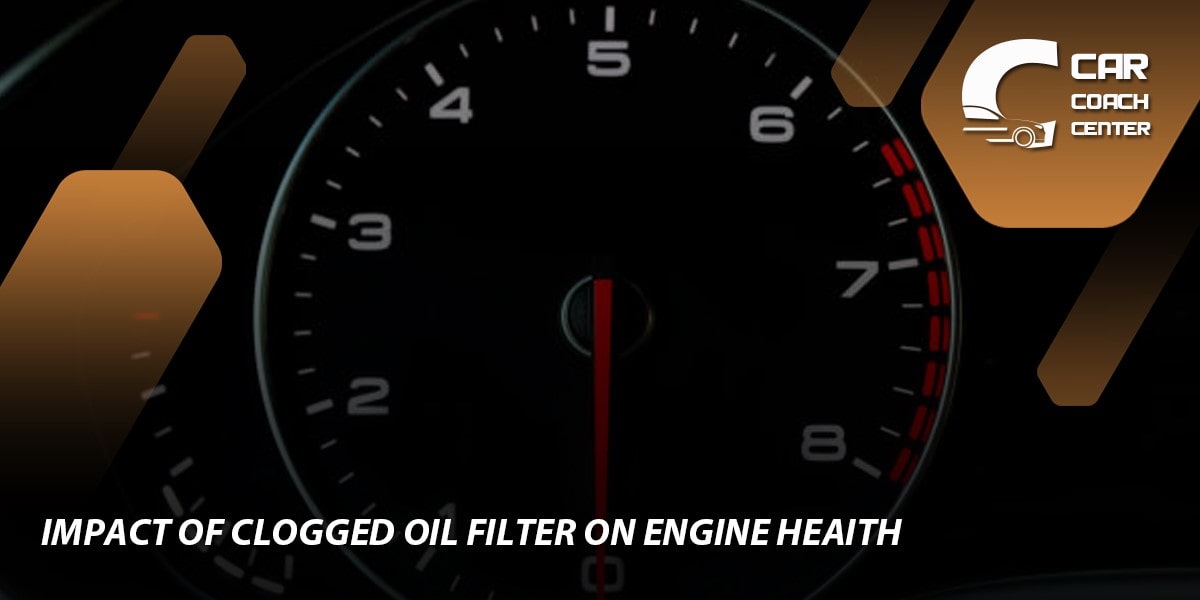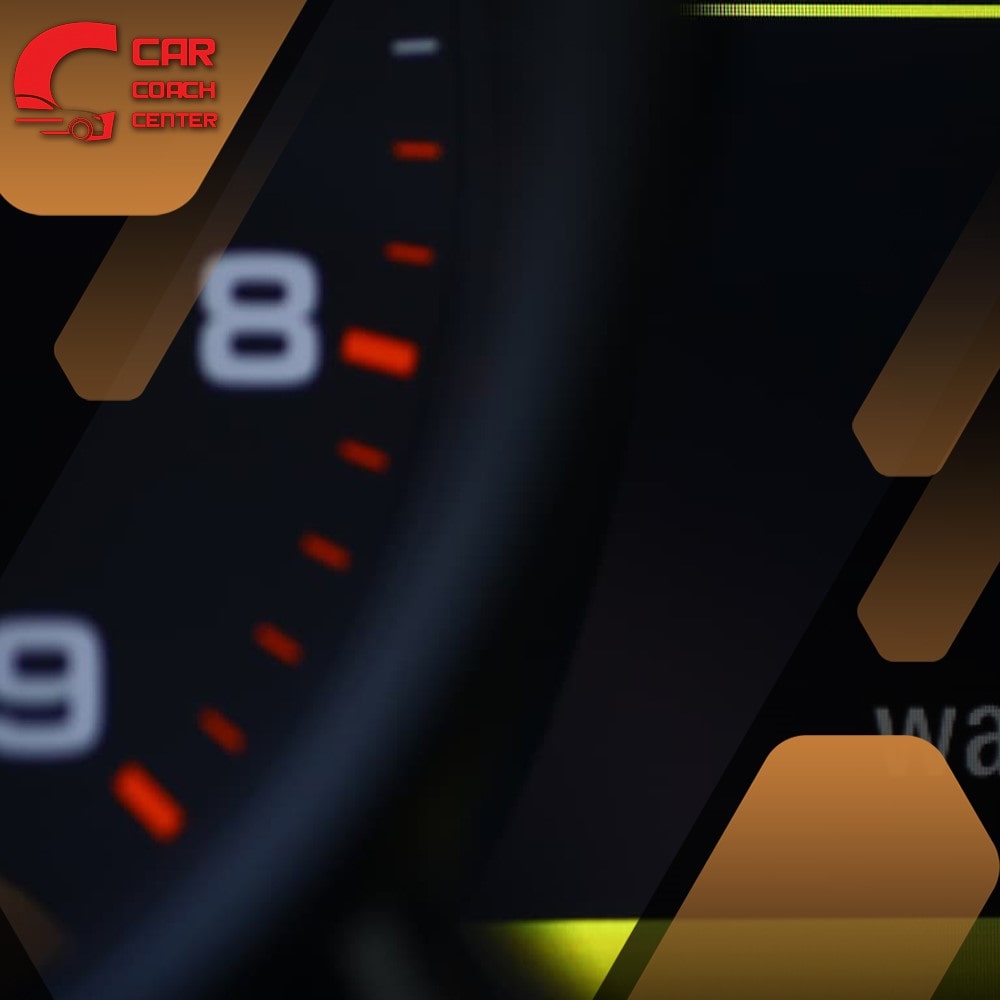Dashboard Oil Light On Car
Welcome to our comprehensive guide on understanding and resolving dashboard oil light issues in cars. At Car Coach Center, we aim to provide you with valuable insights and solutions to keep your vehicle running smoothly. Let’s dive into the importance of the dashboard oil light and explore the various causes and solutions related to its illumination.

Part 1: Understanding the Dashboard Oil Light
1.1 What Does the Dashboard Oil Light Indicate?
The dashboard oil light serves as a crucial warning system that alerts drivers to potential oil-related problems in their vehicles. When this light illuminates, it signifies an issue with the oil pressure, oil level, or other related components.
1.2 The Role of Oil in Engine Performance and Lubrication
Oil plays a vital role in lubricating engine components, reducing friction, and dissipating heat. It ensures smooth operation and prevents excessive wear and tear. Understanding the significance of engine oil is key to grasping why the dashboard oil light should never be ignored.
1.3 How the Dashboard Oil Light Works: Sensors and Warning Systems
The dashboard oil light relies on various sensors and warning systems to detect abnormalities in oil pressure or level. These sensors monitor the engine’s vital signs and trigger the light to alert the driver when an issue arises. Familiarizing yourself with the functioning of these systems enhances your ability to address potential problems.

Part 2: Common Causes of Dashboard Oil Light Illumination
2.1 Insufficient Oil Level: Low Oil Pressure Warning
Low oil level is a common cause of dashboard oil light illumination. Insufficient oil can lead to decreased oil pressure, compromising engine lubrication and performance. It’s crucial to understand the effects, detection methods, and solutions related to low oil levels.
– Effects of Low Oil Level on Engine Performance:
– Increased friction and heat generation
– Accelerated engine wear and potential damage
– Reduced fuel efficiency and power output
– Detecting and Addressing Low Oil Level Issues:
– Checking the oil dipstick and interpreting oil level readings
– Adding the appropriate amount and type of oil
– Understanding the importance of regular oil changes and maintenance
2.2 Oil Pump Problems: Malfunctioning or Failing Oil Pump
The oil pump is responsible for circulating oil throughout the engine, maintaining proper oil pressure. A malfunctioning or failing oil pump can disrupt this crucial process, leading to inadequate lubrication and triggering the dashboard oil light.
– Symptoms and Consequences of a Faulty Oil Pump:
– Fluctuating or low oil pressure readings
– Engine noise, such as ticking or knocking sounds
– Increased engine temperature and potential overheating
– Diagnosing and Repairing Oil Pump Problems:
– Conducting oil pressure tests using specialized tools
– Inspecting the oil pump for wear, damage, or blockages
– Repairing or replacing the oil pump as necessary
2.3 Oil Filter Issues: Clogged or Damaged Oil Filter
The oil filter plays a crucial role in removing contaminants and debris from the oil, ensuring its cleanliness and proper flow. A clogged or damaged oil filter can restrict oil passage, leading to reduced oil pressure and triggering the dashboard oil light.

– Impact of a Clogged Oil Filter on Engine Health:
– Impaired lubrication and increased friction
– Potential damage to engine components
– Restricted oil flow and compromised performance
– Maintenance and Replacement of Oil Filters:
– Understanding the recommended oil filter change intervals
– Identifying signs of a clogged or damaged oil filter
– Proper techniques for oil filter replacement
2.4 Oil Pressure Sensor Malfunctions: Faulty Sensor or Wiring
The oil pressure sensor is responsible for monitoring oil pressure levels and transmitting signals to the dashboard oil light. A faulty sensor or wiring issues can cause inaccurate readings or a constant illumination of the dashboard oil light.
– Understanding the Role of the Oil Pressure Sensor:
– Sensor location and operation in the engine
– Communication with the vehicle’s computer system
– Troubleshooting and Resolving Sensor-Related Problems:
– Inspecting sensor connections and wiring for damage or looseness
– Testing the sensor’s functionality using diagnostic tools
– Replacing or repairing the oil pressure sensor or associated wiring

2.5 Engine Wear and Tear: Excessive Friction and Lubrication Issues
Over time, engine components can experience wear and tear, leading to increased friction and potential lubrication problems. This can result in decreased oil pressure and activation of the dashboard oil light.
– Effects of Engine Wear on Oil Pressure:
– Clearance gaps and increased friction
– Reduced oil flow and pressure
– Potential damage to engine parts
– Preventive Measures and Repair Solutions:
– Regular engine maintenance and inspections
– Using high-quality lubricants and additives
– Addressing worn-out engine components through repairs or replacements

Part 3: Diagnosing and Resolving Dashboard Oil Light Issues
3.1 Step-by-Step Guide to Diagnosing Dashboard Oil Light Illumination
Diagnosing the cause behind the dashboard oil light illumination requires a systematic approach. Follow these steps to identify and address the underlying issue promptly.
- Checking the Oil Level and Quality
– Park the vehicle on a level surface and allow the engine to cool.
– Locate the dipstick, remove it, and wipe it clean.
– Reinsert the dipstick fully and remove it again to check the oil level.
– Pay attention to oil color, consistency, and any signs of contamination.
- Inspecting the Oil Filter and Oil Pump
– Refer to your vehicle’s manual to locate the oil filter and oil pump.
– Inspect the oil filter for clogs, damage, or leaks.
– Examine the oil pump for wear, debris, or signs of malfunction.
- Evaluating the Oil Pressure Sensor and Wiring
– Inspect the sensor and wiring for any visible damage or loose connections.
– Use diagnostic tools to measure the sensor’s readings and compare them to specifications.
– Test the wiring for continuity and proper electrical flow.
- Assessing Engine Wear and Tear
– Perform a visual inspection of engine components for signs of excessive wear or damage.
– Listen for abnormal engine noises, such as knocking or ticking sounds.
– Consider consulting a professional mechanic for a comprehensive engine assessment if needed.
- Utilizing Diagnostic Tools and Professional Assistance
– If you’re unable to diagnose the issue or require further assistance, consult a qualified mechanic.
– Professional diagnostic tools can provide detailed readings and pinpoint the cause accurately.
3.2 Addressing Specific Dashboard Oil Light Issues
Once you have identified the root cause of the dashboard oil light illumination, specific steps can be taken to resolve the issue effectively.
- Adding Oil and Maintaining Proper Oil Levels
– If low oil level is the problem, add the appropriate type and amount of oil as recommended by the manufacturer.
– Regularly check the oil level and maintain it within the recommended range.
- Repairing or Replacing Faulty Oil Filters
– Replace a clogged or damaged oil filter with a new one that meets the manufacturer’s specifications.
– Follow proper installation procedures to ensure a secure and effective seal.
- Fixing or Replacing Malfunctioning Oil Pumps
– If an oil pump is malfunctioning, it may need to be repaired or replaced by a professional mechanic.
– Ensure the new oil pump is compatible with your vehicle’s make and model.

- Resolving Oil Pressure Sensor and Wiring Problems
– Repair or replace a faulty oil pressure sensor or damaged wiring according to the manufacturer’s guidelines.
– Use proper tools and techniques to ensure a reliable connection and accurate sensor readings.
- Engine Overhaul or Repair for Severe Wear and Tear
– If engine wear and tear are substantial, consult a professional mechanic for a thorough assessment.
– Consider engine overhaul or repair as recommended by the mechanic to restore optimal performance.
Part 4: Preventive Maintenance and Best Practices
4.1 Importance of Regular Oil Changes and Quality Oil Selection
Regular oil changes are vital to maintain engine health and prevent dashboard oil light issues. Choose high-quality oil that meets the manufacturer’s specifications and change it at recommended intervals.
4.2 Recommended Oil Change Intervals for Different Vehicle Types
Different vehicle types and driving conditions may require varying oil change intervals. Consult your vehicle’s manual for specific recommendations based on mileage or time.
4.3 Proper Engine Warm-Up and Cool-Down Procedures
Allowing the engine to warm up before driving and providing a cool-down period after stopping can help maintain proper oil circulation and temperature control.
4.4 Monitoring Oil Pressure and Performing Periodic Inspections
Regularly monitor your vehicle’s oil pressure using the dashboard oil light or by using diagnostic tools. Perform periodic inspections of the oil level, quality, and other related components.
4.5 Consulting Professional Mechanics and Car Maintenance Experts
In challenging situations or for routine maintenance, seek assistance from professional mechanics or car maintenance experts. They can provide valuable advice, perform thorough inspections, and offer solutions tailored to your vehicle’s specific needs.

Conclusion:
Understanding the implications of the dashboard oil light and the underlying causes of its illumination is crucial for maintaining the health and performance of your vehicle’s engine.
By following the steps outlined in this comprehensive guide and adopting preventive maintenance practices, you can effectively diagnose and resolve dashboard oil light issues. Remember, regular maintenance and timely action are key to keeping your car running smoothly.
At Car Coach Center, we strive to provide you with valuable information and guidance for all your automotive needs. Visit our website [carcoachcenter.com] (https://www.carcoachcenter.com) for more expert advice and
Why is my dashboard oil light illuminated?
Possible causes include low oil level, oil pump issues, or a faulty oil pressure sensor.
What should I do when the dashboard oil light comes on?
Check oil level, inspect for leaks, and consult a mechanic if necessary.
How often should I change my engine oil?
Follow the manufacturer's recommendations for oil change intervals based on mileage or time.


